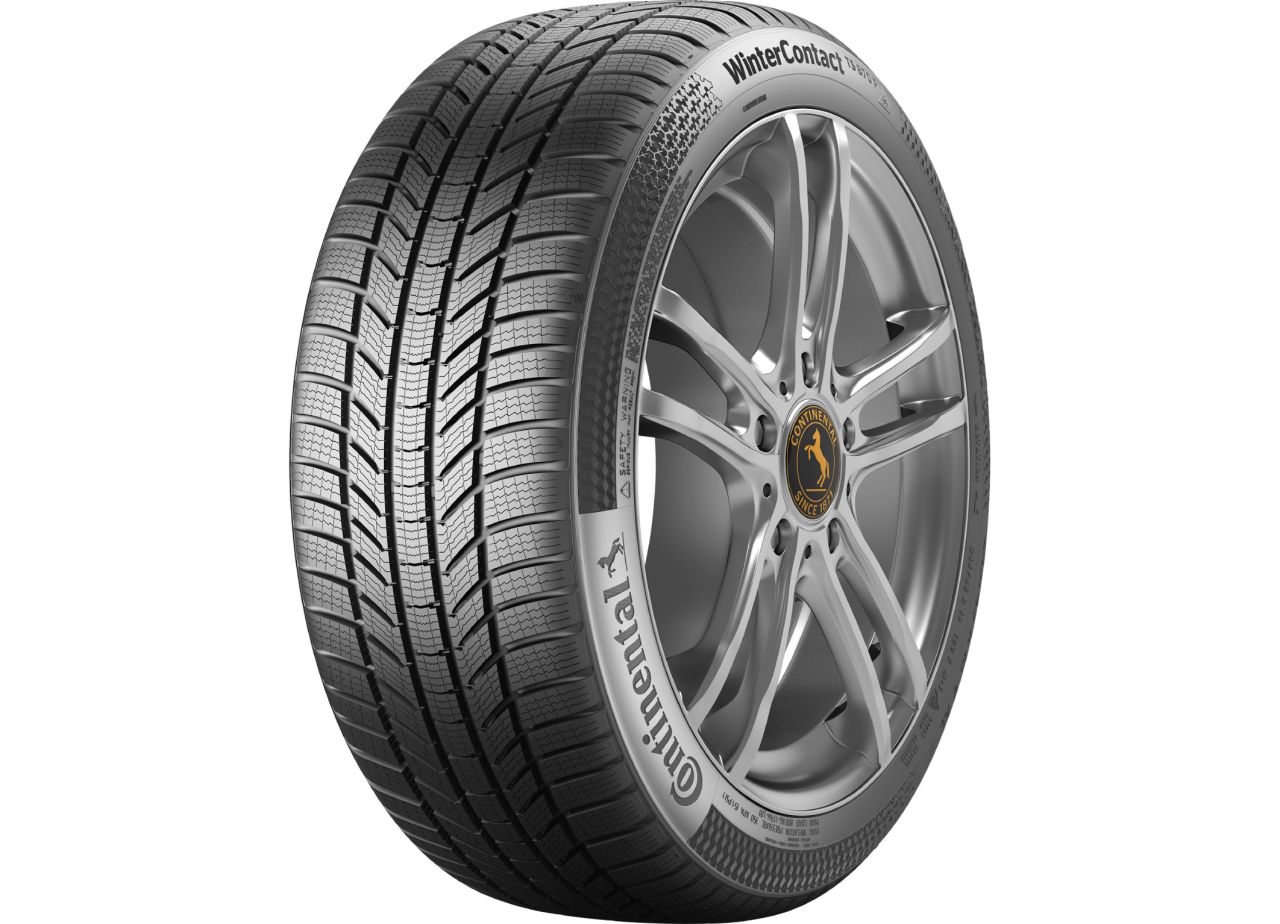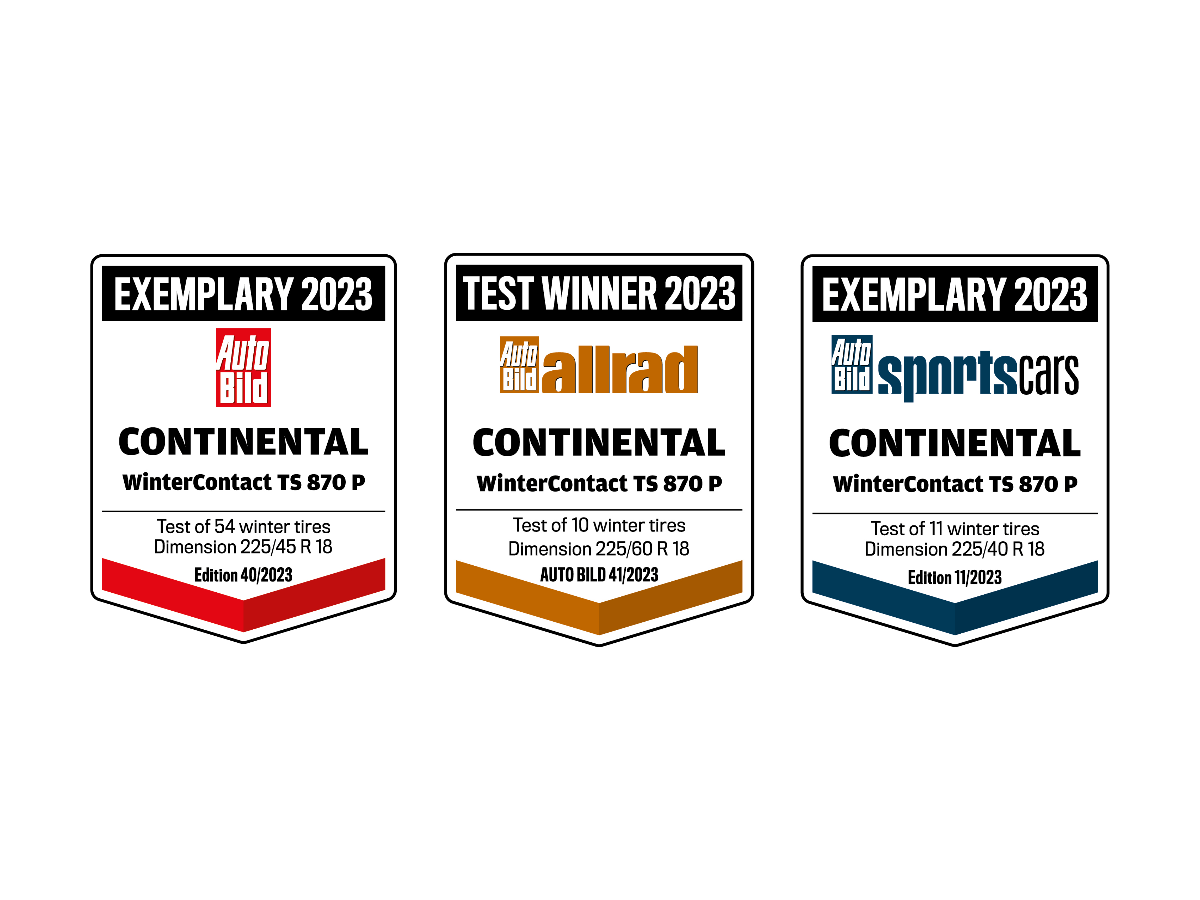
Visit Continental Tires in your country for local vehicle fitment
#Performance
Winter High Performance event 2024
Performance-tuned vehicles and ultra-high-performance tires at the Arctic Circle.
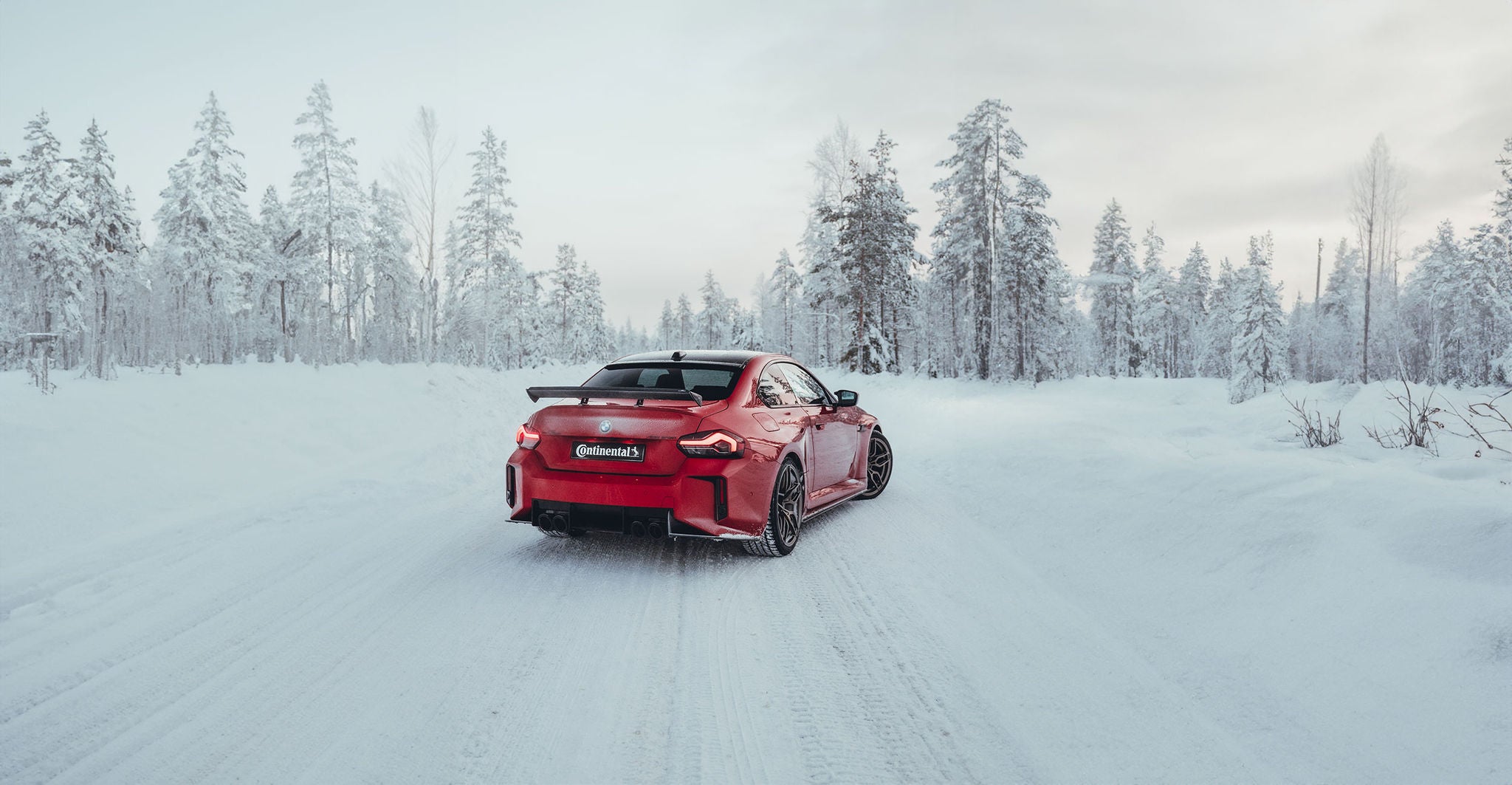
The winter tuning event at -28 degrees Celsius.
Lapland in January 2024. Snow-covered landscapes, blizzards and temperatures below freezing - at the Winter High Performance Event from 22 to 25 January 2024, our drivers met the cars of our tuning partners to put the Continental WinterContact TS 870 P and WinterContact TS 860 S to the test.
The professional drivers and vehicles have already travelled 2,800 km to the tuning event of the winter, as the "SnowRallyRings" test and training area in Vanttauskoski near Rovaniemi is located on the Arctic Circle. The temperature here in January was minus 28° Celsius, with snow and ice.
Ideal conditions for putting vehicles and components - and above all our winter tyres - through their paces every day on specially prepared test tracks. Whether it was a challenging handling course or a slalom track - the best handling thanks to the best tyre technologies.
Drifting on Ice and Snow: The Tuning-Event 2024
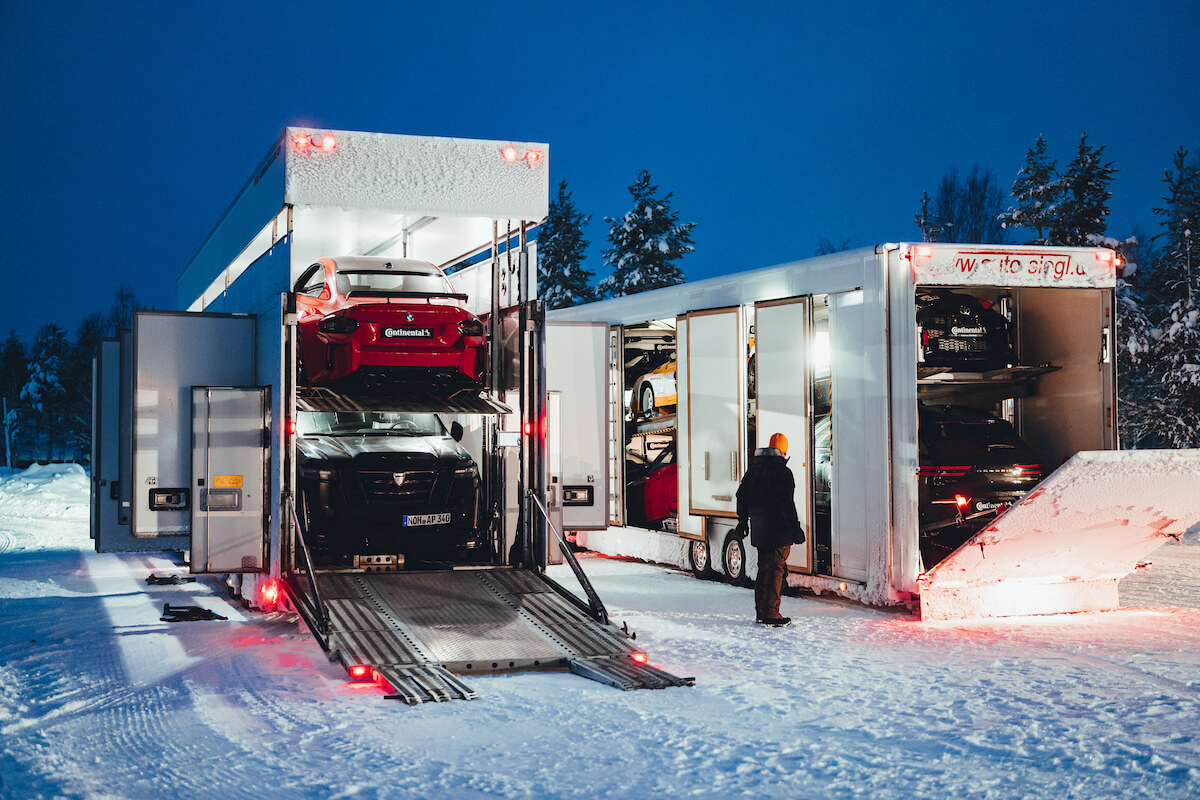
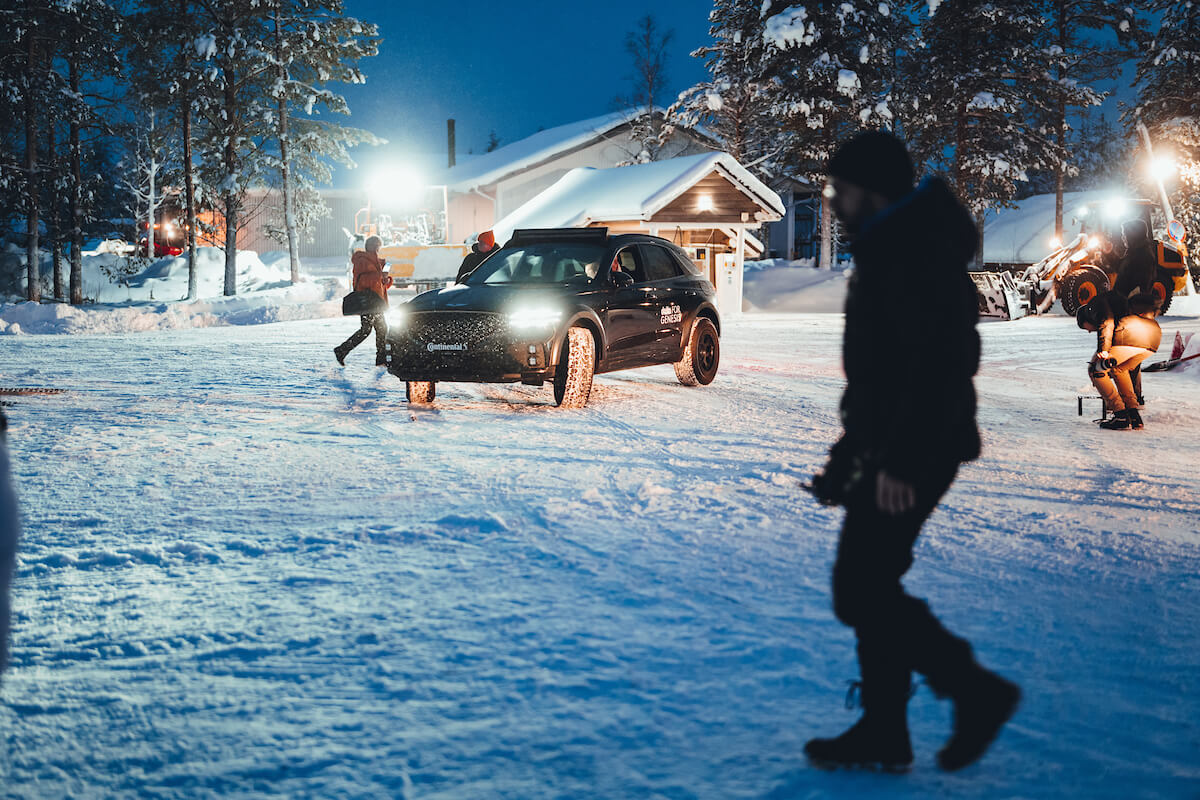
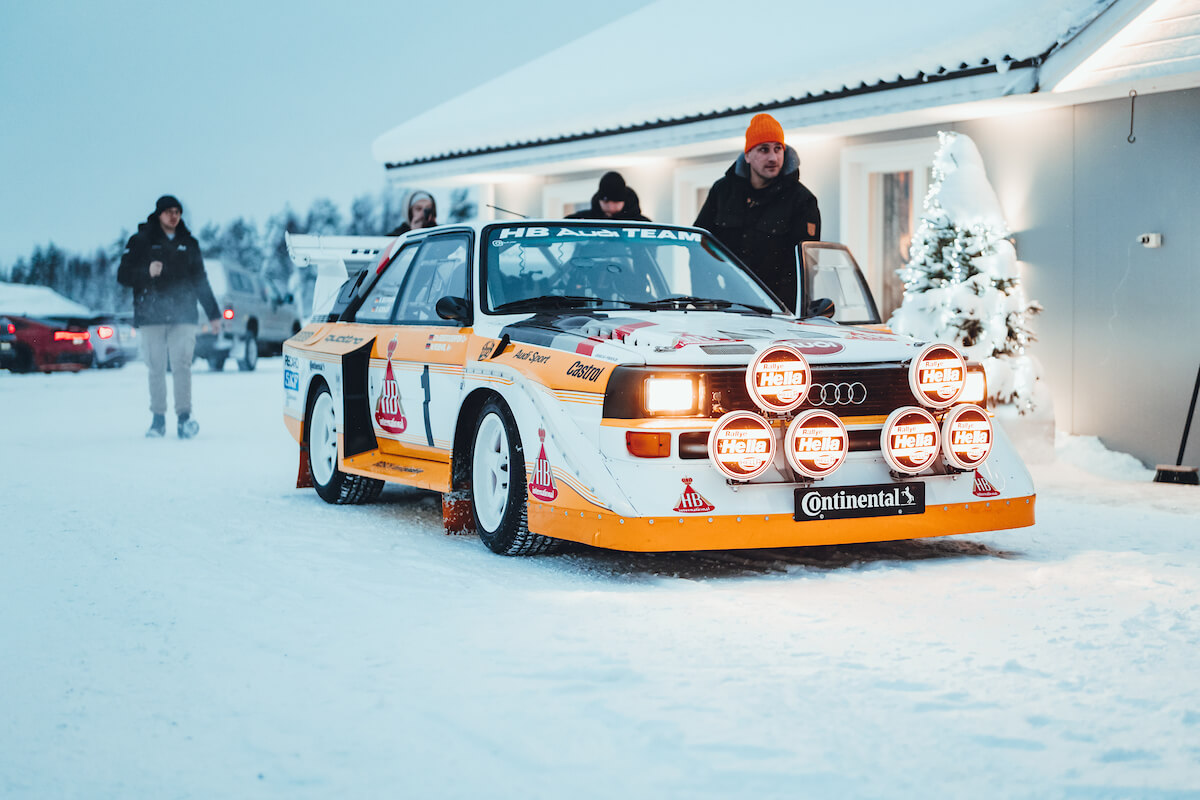
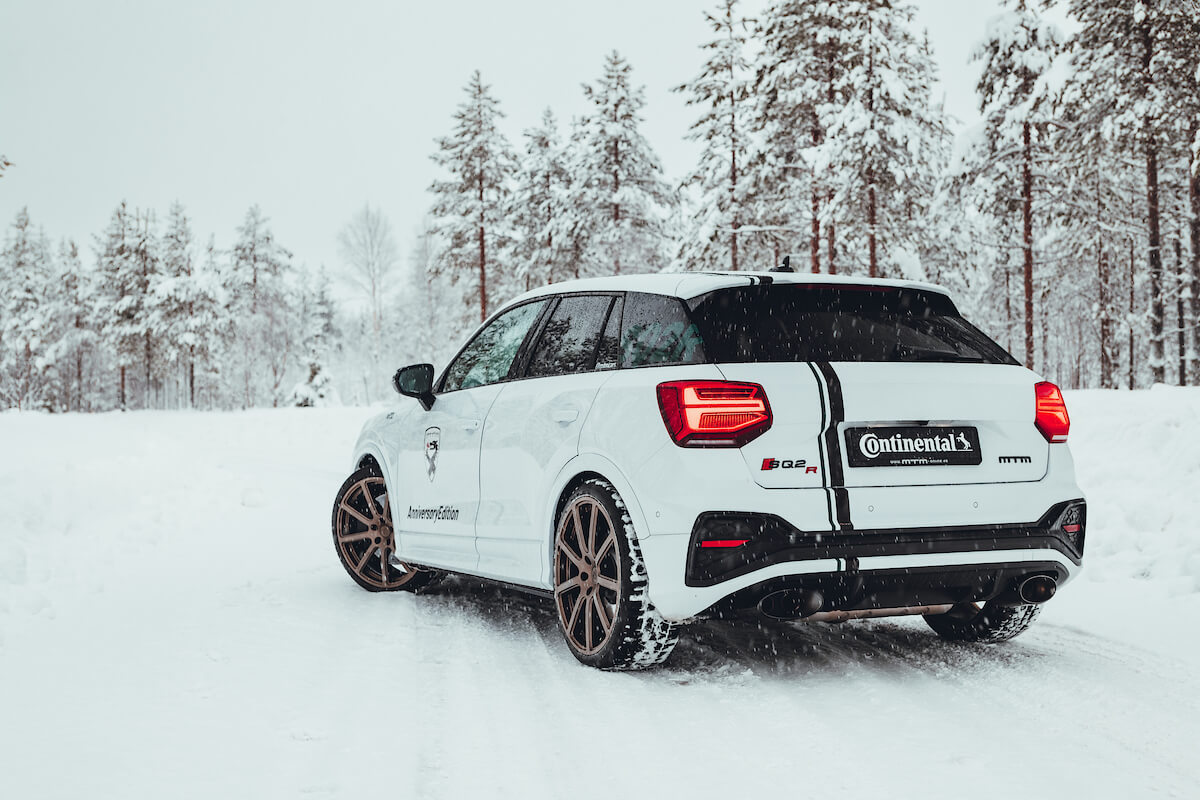
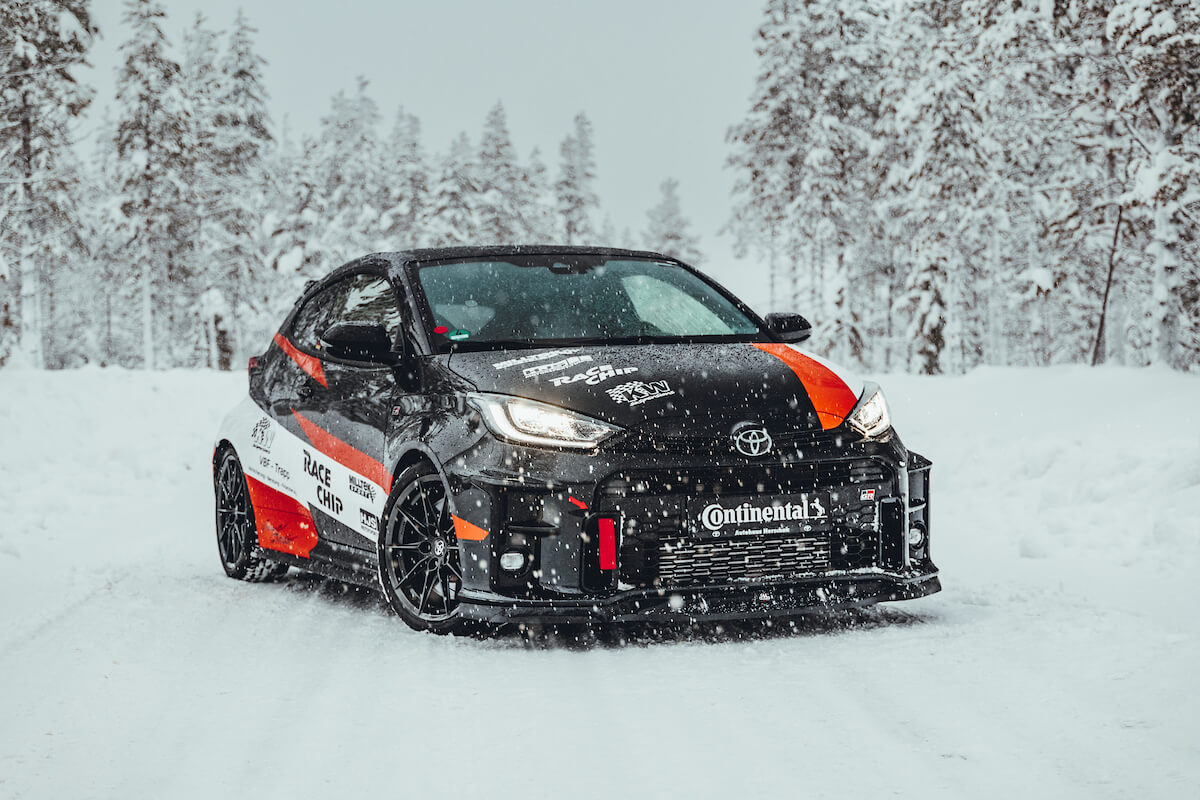
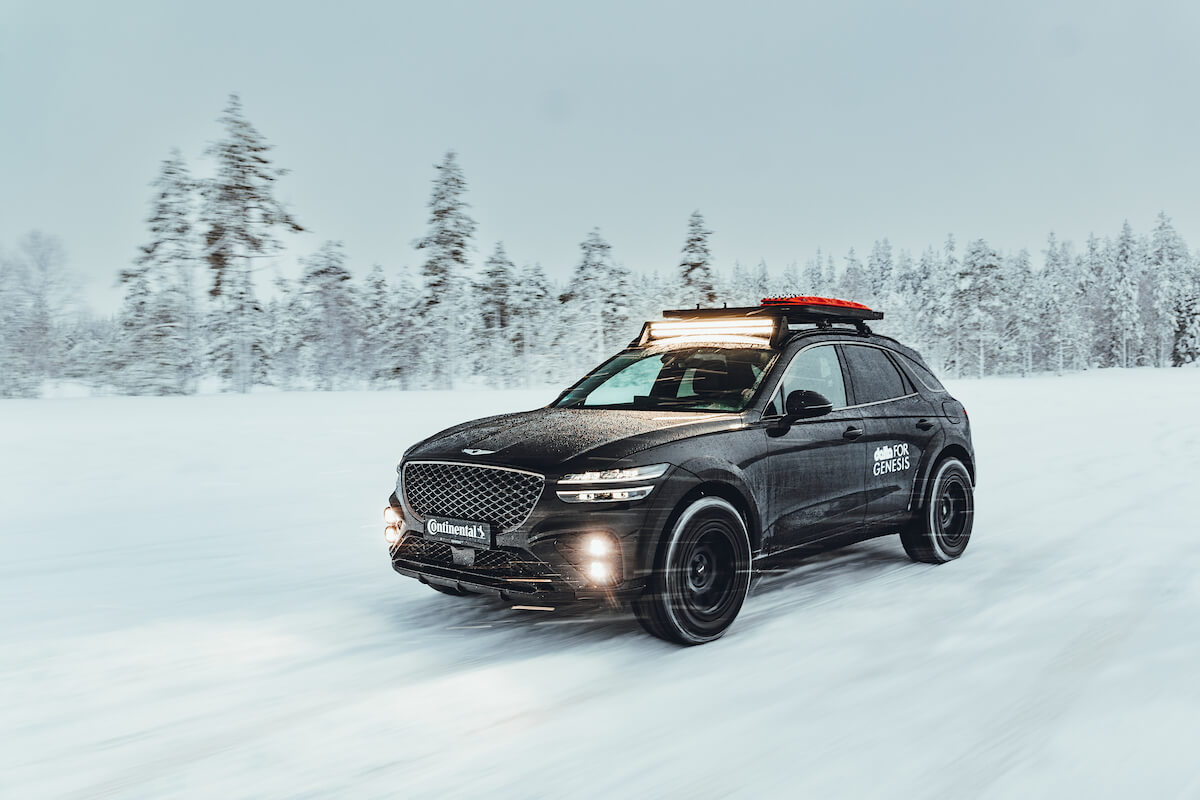

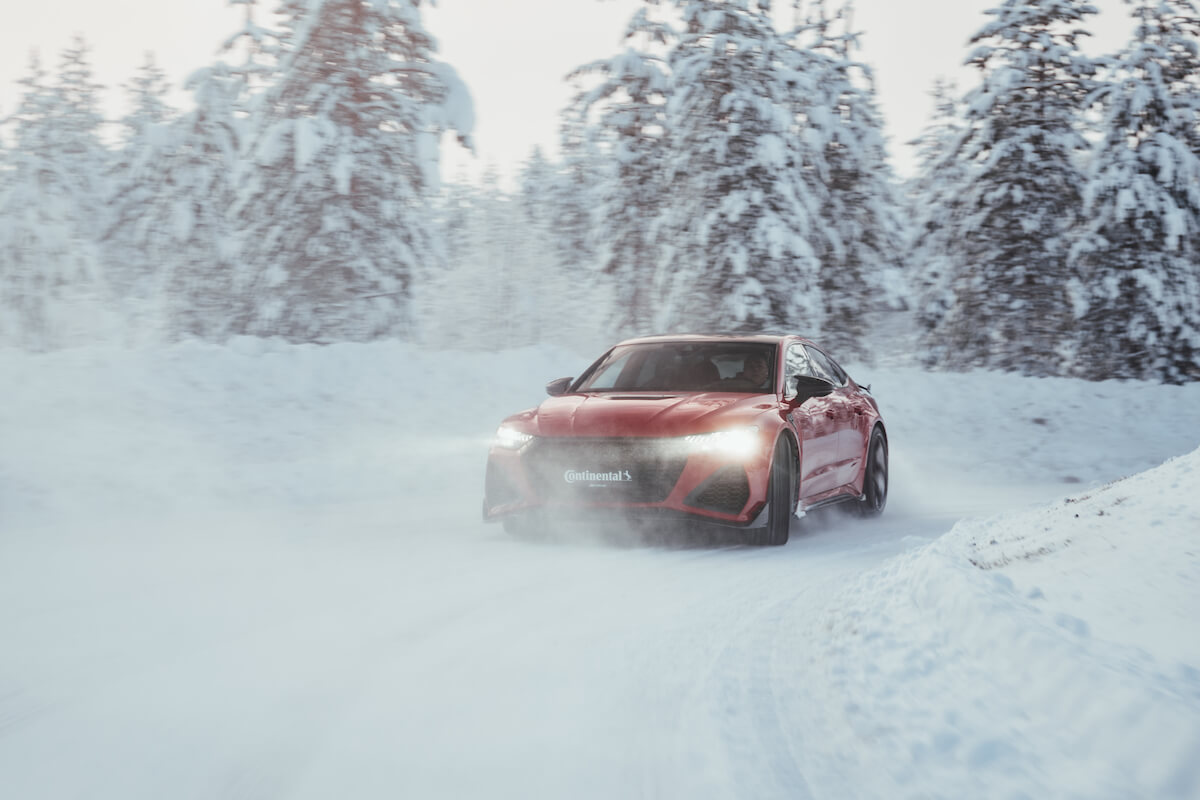
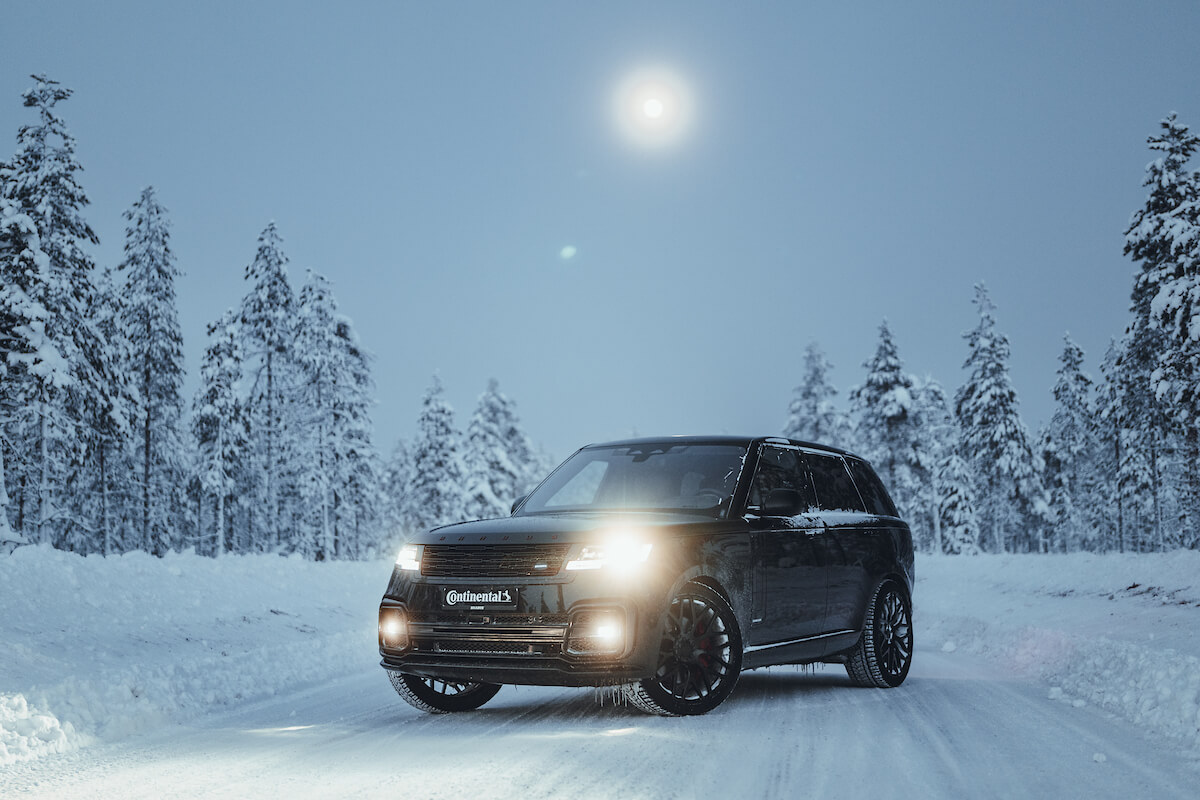
- Abladen in Lappland
- delta for genesis Nachtaufnahme
- HB Audi Team
- MTM Audi Q2
- Racechip Yaris GR
- delta for genesis Portrait
- Gruppenbild
- Köhler Audi S1 E2
- Köhler Audi S1 E2 II
- Brabus 600 Range Rover
Renowned tuners and their vehicles in 2024
At the Winter High Performance Event 2024 in Finland, real tuning professionals impressed with their vehicles on the icy track:Tuners such as AC Schnitzer with the BMW M2, Brabus with the Brabus 600 based on the Range Rover, Köhler with the Audi S1 E2, MTM with the Audi Q2, ABT with the RS7 Legacy Edition, NAP with the Escalade, APR with the Golf 8 APR 400, delta4x4 with the Genesis GV70, Giacuzzo with the Kia EV6 GT and Racechip with the Yaris GR made their high-performance vehicles available.
These cars were specially equipped with the Continental WinterContact TS 870 P and WinterContact TS 860 S for the winter tire test. With excellent traction and innovative technologies, both tires enable controlled handling even in ice, snow and temperatures below zero degrees Celsius.
Carfluencers and experts on a winter adventure in Lapland
Daniel Peter - photographer, filmmaker and influencer with a passion for fast cars and motorcycles. On YouTube he shows the tuning of his own cars as well as breathtaking shots of various tuned cars.
For more visually stunning footage from the Finnish tracks of the SnowRallyRings, check out Daniels' Instagram and YouTube channels.

Carfluencer Sophia Calate was also a must-see at the Winter High Performance Event: snow, ice and speed are her element.
As Germany's best-known female sports car influencer, she captured her tyre testing and drifting for us on her social social media channels with 360° spirit.
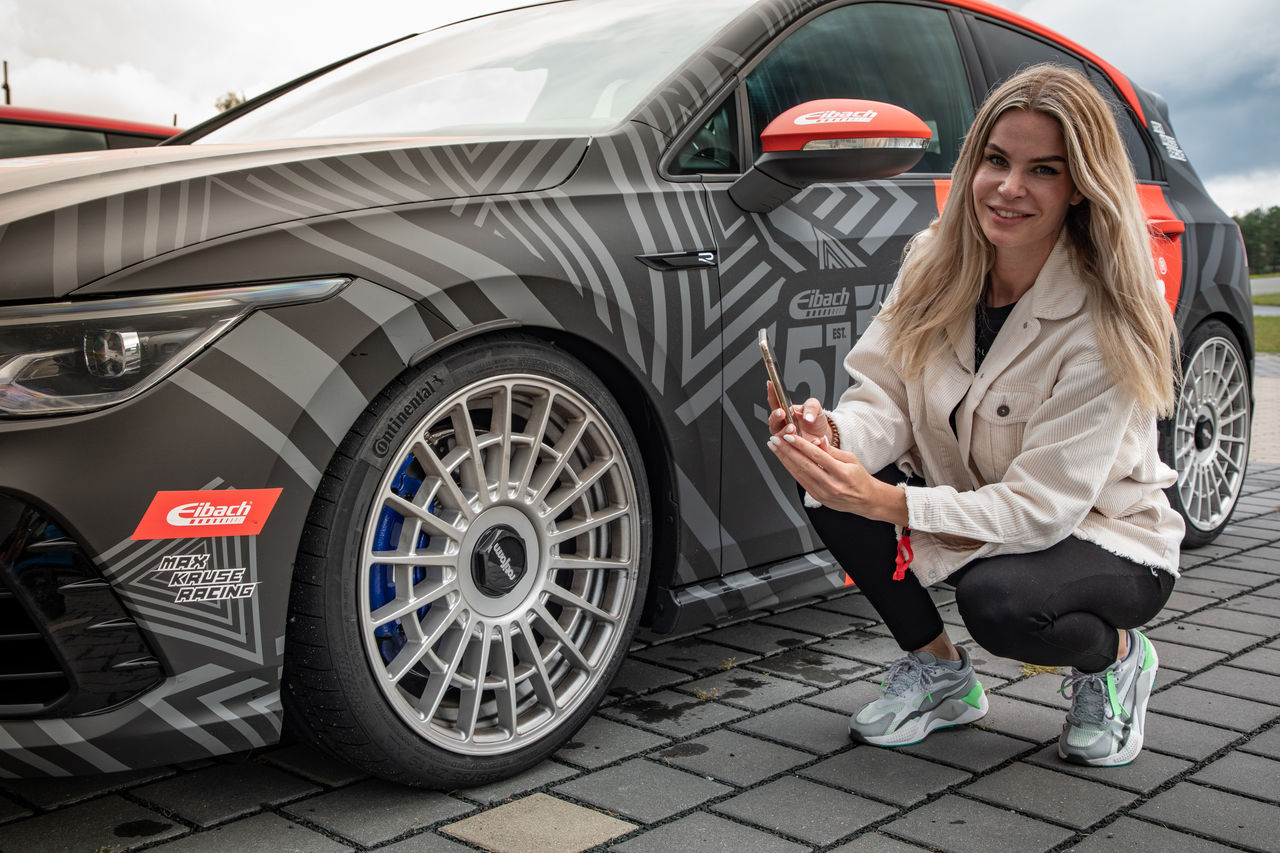
WinterContact TS 860 S guarantees excellent snow performance for exceptional winter driving. It is designed to provide short braking distances and precise steering response, especially for sporty driving in winter conditions. Wide and large blocks on the outer walls ensure high lateral stiffness and contact area between the tyre and the road. With low rolling resistance, the WinterContact TS 860 S offers high fuel savings without compromising on safety. Available in sizes from 16 to 23 inches, the WinterContact TS 860 S is the ideal tyre for premium sports cars.
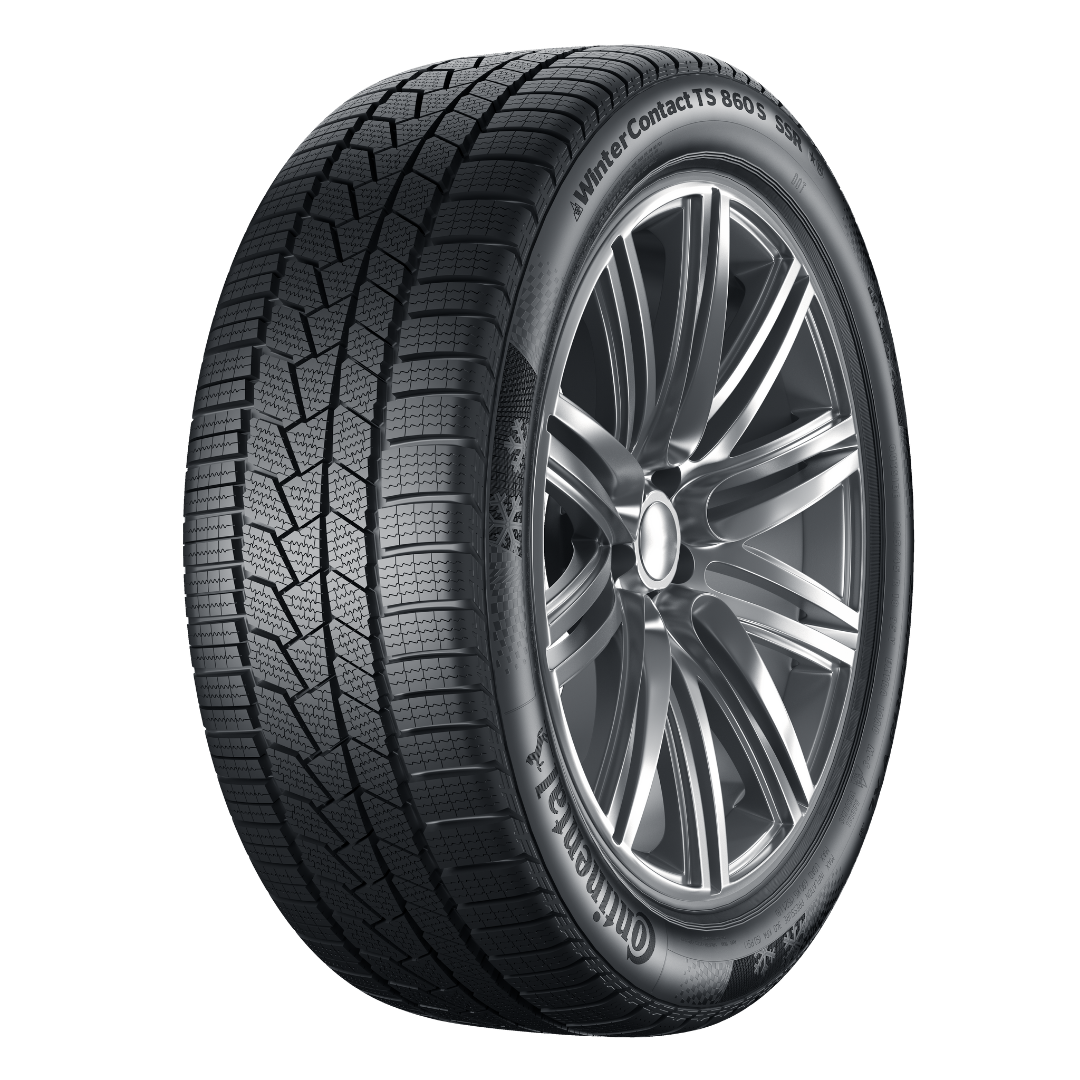
The WinterContact TS 870 P is our pro when it comes to high performance on snow. The sipes are deep and intelligently arranged in parallel. This allows more snow to be absorbed into the surface for better grip. This enables controlled handling too. In addition, the WinterContact TS 870 P has long scraping edges which ensure shorter braking distance on icy roads by draining water and slush very quickly. The WinterContact TS 870 P is available in sizes from 16 to 21 inches, offering the ideal tyre for all vehicle classes.
